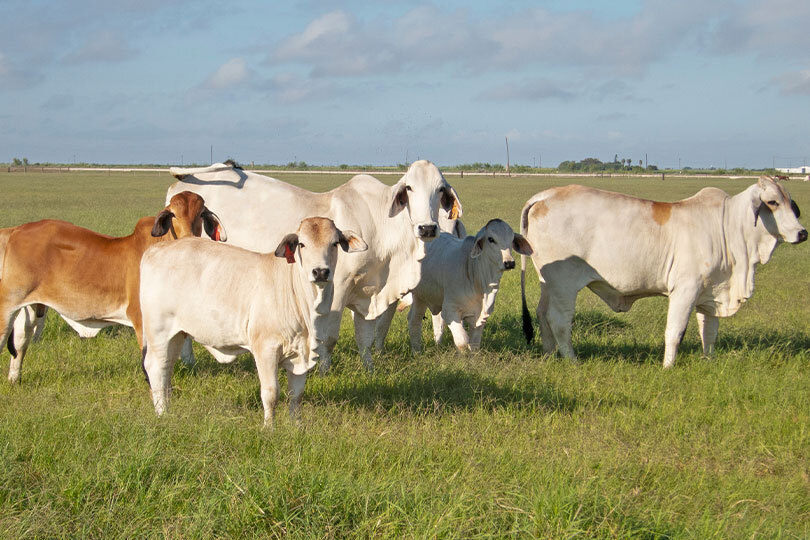Livestock producers now have more flexibility under recent updates to the Livestock Risk Protection (LRP) program.
The U.S. Department of Agriculture’s Risk Management Agency outlined changes beginning with the 2026 crop year and succeeding crop years. The updates aim to make the program more responsive to livestock operations and market conditions, Tracy Tomascik, Texas Farm Bureau associate director of Commodity and Regulatory Activities, said.
LRP is a federally administered crop insurance program that helps ranchers guard against market downturns by setting a minimum price for their livestock while still allowing them to take advantage of rising prices. Coverage is available year-round through approved insurance agents, offering producers added security and confidence amid unpredictable market conditions.
Expanded LRP eligibility now includes forward-contracted livestock and new coverage options for cull dairy cows marketed for beef. A drought hardship exemption was also added, allowing feeder cattle sold early to remain eligible for indemnity when qualifying drought conditions occur.
Other program changes include a revised termination date of Sept. 30 and a premium billing date set for the first day of the second month after the end date. Those adjustments are intended to streamline recordkeeping and make participation easier for producers.
“These updates deliver greater flexibility for producers to manage price risk on the livestock side,” Tomascik said. “They’re practical improvements that better reflect how ranchers market cattle and manage their operations.”
The enhancements come as cattle producers continue to navigate high input costs and unpredictable weather. The updates expand the risk management tools available to livestock producers, giving them additional options to help manage market swings in an unpredictable economy.
For more information, visit rma.usda.gov.


Leave A Comment